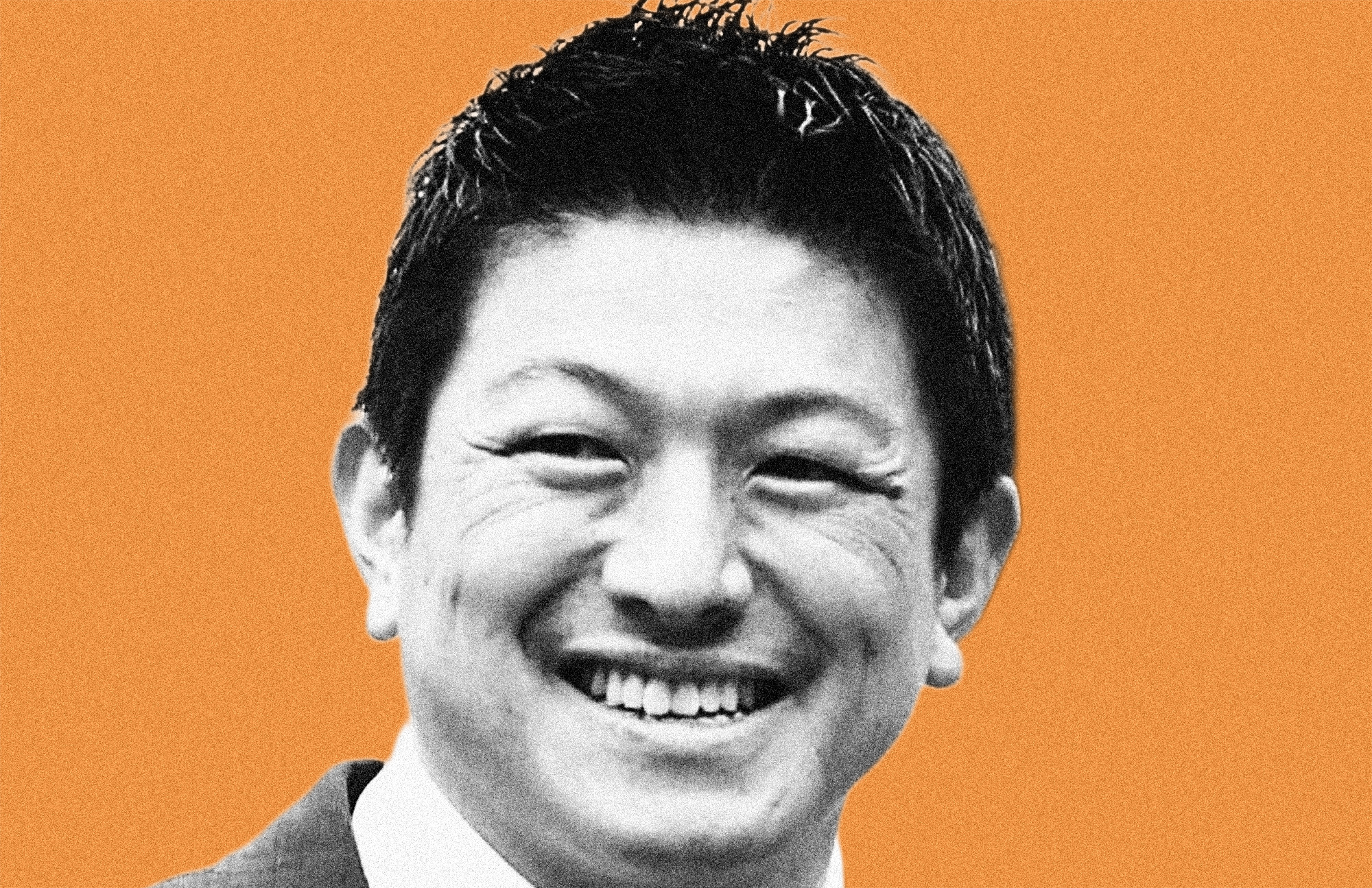Issue:
August 2025
Sanseito’s strong showing in the upper house elections is a moment of reckoning for Japanese politics

Last month’s upper house election saw the Liberal Democratic Party-Komeito coalition lose their majority, plunging Japanese politics into crisis. As the Number 1 Shimbun went to press, there were more questions than answers about what comes next. Prime Minister Shigeru Ishiba’s fate was unclear, with increased calls for him to step down.
With the ruling coalition no longer in control of either chamber of parliament, Ishiba’s choices were, in any case, limited. His party could continue to operate as a minority government, with or without him at the helm, and seek opposition support for budgets and individual pieces of legislation. That, however, is a politically risky proposition for all concerned.
Ishiba could dissolve parliament before the end of August and hold lower house elections early this autumn in the hope that the LDP regains its majority in the more powerful chamber. But given the LDP’s low popularity ratings and a scattered opposition, there is no guarantee he would be successful.
That is why the debate now centers on the option of adding a third wheel to the coalition in the hope of establishing some sort of stability. Possible suitors include Yuichiro Tamaki’s Democratic Party for the People, Nihon Ishin no Kai and, even though this currently seems far-fetched, the main opposition Constitutional Democratic Party.
Even if one of the above agrees to join the LDP, a three-party coalition would still have to contend with the Sanseito factor, buoyed by the 14 seats it secured last month and driven by the rise of right-wing populist parties that have made much better use of social media than their mainstream opponents.
While it is unclear at this early stage who voted for Sanseito and why it attracted so many votes, Japanese political analysts, including Nagatacho veterans and younger, data-driven pundits, were given plenty of airtime to theorise in the immediate aftermath of the upper house polls.
Sanseito’s leader, Souhei Kamiya, and mainstream media polls agree that the party, which went into the election with one seat – Kamiya’s – drew support from men and women in their 30s and 40s. Many live in major urban centers such as Tokyo and Osaka, or in larger prefectural capitals. Sanseito also picked up votes from people in their 20s, but fared poorly among those over 60.
Voters in their 30s and 40s remember the collapse of lifetime employment – which had sustained their parents’ generation – at the turn of the millennium. They faced weaker job security and benefits, as well as anxiety over Japan’s ageing population – all while watching, with a mixture of anger and envy, the emergence of a more confident China.
Some embraced the “take Japan back” (from whom or what was never specified, but the implication was it meant anyone who disagreed with them) philosophy of the former prime minister, Shinzo Abe. But when Abe stepped down in 2020, they watched with growing disappointment as his successors took Japan down a different path. They were especially irked by Ishiba’s old-style political image and support for policies that prioritize Japan’s “silver democracy” at the expense of younger voters.
When the charismatic Tamaki came along during last October’s lower house elections, many younger LDP voters jumped ship and became, for a time, DPP supporters, helping Tamaki’s party quadruple the number of seats from seven to 28.
But what supporters give, they can take away.
By April, Tamaki and the DPP were battling scandals and failing to exert any influence over the LDP policy agenda. Restless supporters who had backed the party in late 2024 quickly became disillusioned. It was around that time, online data analysis by the Asahi Shimbun showed, that support started shifting from the DPP to Sanseito.
Some journalists had long been aware of Sanseito’s “Japanese First” policy, modelled on Donald Trump`s “Make America Great Again” movement, and Kamiya’s connections to controversial right-wing politicians such as the LDP’s Mio Sugita, who lost her upper house race.
The political establishment in Tokyo, however, was surprised by how deeply Sanseito’s message resonated with some voters, not just former DPP supporters but also a broad range of people who are tired of the impact of mass tourism and quick to blame migrant workers for problems in their own lives.
Could a right-wing populist party gain a large following in Japan? That is a question I and other Osaka-based journalists posed in February 2008 at Toru Hashimoto’s first press conference as governor of Osaka.
The brightest political minds in the mainstream media, government officials and pundits had repeatedly told us that it was impossible. Japan’s unique political and bureaucratic culture makes it impossible for any populist party, of the far left or far right, to become a force in national politics, they said.
That attitude softened slightly after Hashimoto launched the Nippon Ishin movement a couple of years later. But there was still a widespread belief that Hashimoto’s confrontational style and Nippon Ishin's populist politics might win votes in Osaka but would be impractical for the country at large. Who outside of Osaka, so the thinking went, would trust a political movement from that city?
The sceptics were correct. Nippon Ishin never gained traction outside Osaka, and Hashimoto – who was more opportunist than ideologue –retired from politics in 2015, leaving behind a rudderless movement that now seems ripe for a merger with the LDP, from which some its leaders had come.
It was easy to dismiss Kamiya as just another noisy, but nationally harmless, Osaka politician (he got his start as a city assemblyman in Osaka Prefecture). But unlike Hashimoto and Nippon Ishin, Kamiya comes across as a polite, friendly man who will smile equitably rather than sneer with disdain if you disagree with him (though some of his supporters are another matter).
With the caveat that a week is a lifetime in politics, and things may well have changed by the time you’re reading this, the odds of Sanseito joining the ruling coalition anytime soon appear vanishingly weak. Even Kamiya has said that while he’s open to joining forces with the LDP in a coalition government, it’s too soon, especially as the party has just three lower house seats.
For the moment, though, Sanseito and Kamiya are the must-interview subjects of every TV station, newspaper, and social media influencer in the land, just as mainstream party leaders, ruling and opposition, adopt a wait-and-see approach. Political commentators warn that while Sanseito is successful at image politics and stirring up voter passions, its star could quickly fade once its forced to give up or drastically compromise on policy goals if and when it needs to get things done in a democratically elected parliament.
That, however, ignores the fact that Sanseito doesn’t need to be huge in order to have an impact on policy decisions. They might not get exactly what they want, but their presence alone gives them an official, public platform in which to air their views. As the upper house elections showed, mainstream parties will have to keep that in mind and, perhaps, adjust accordingly. LDP members once loyal to Abe also see courting Sanseito as a way to rebuild the party’s right-wing base. Reports suggested that supporters of Sanae Takaichi, a possible successor to Ishiba, hope to eventually fold Sanseito into the LDP.
Those familiar with Sinclair Lewis’s novel It Can’t Happen Here are naturally concerned. It hasn’t happened in Japan yet. But Sanseito’s success should at least silence voices saying it never will.
Eric Johnston is the Senior National Correspondent for the Japan Times. The views expressed in this article are his own and not those of the Japan Times.

